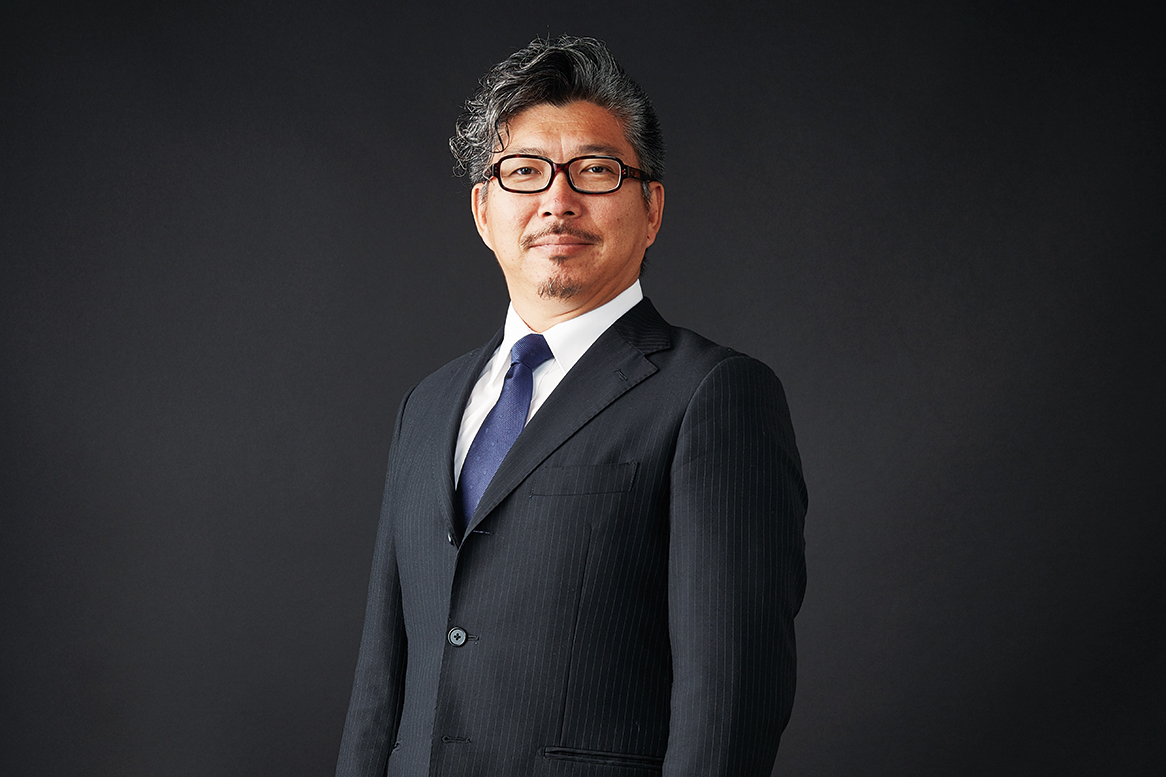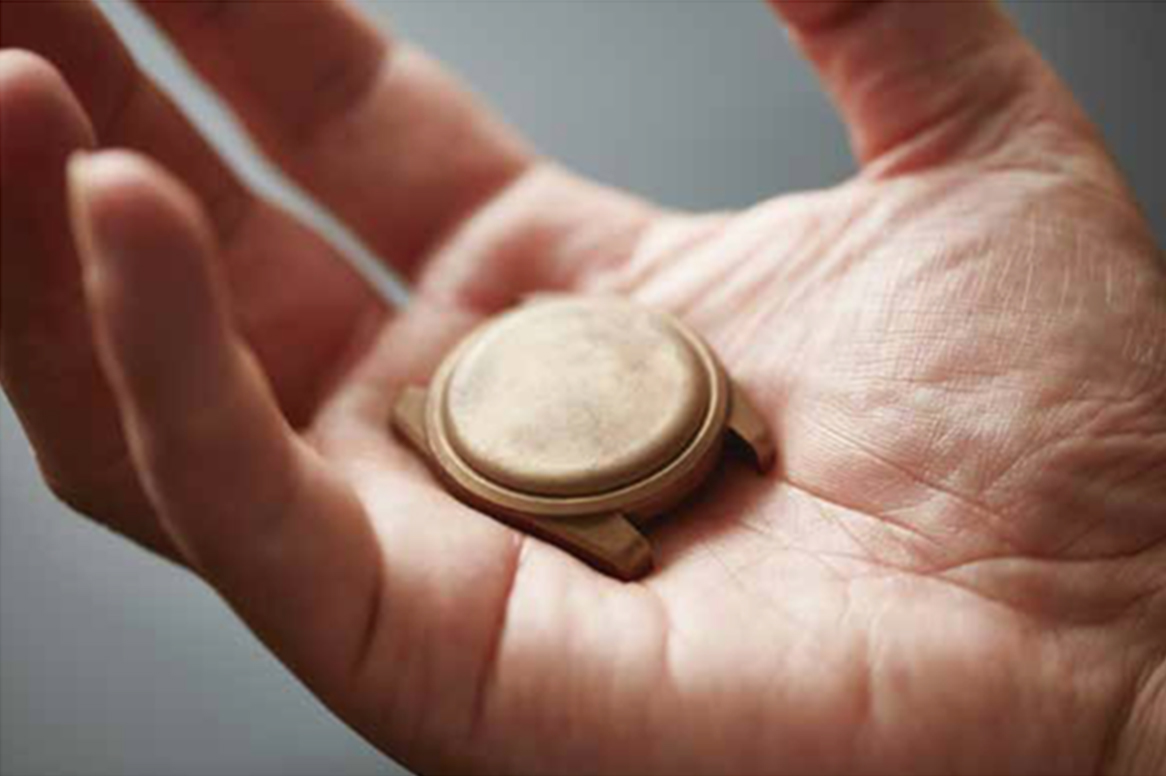How the spirit of the early Grand Seiko inspires today’s designers.
Throughout the Grand Seiko facility in central Japan that makes Spring Drive watches, many kinds of machine tool can be found. Each of these myriad tools has a specific role, from cutting to stamping to polishing, and special skills are needed for each one. This is why the Grand Seiko craftsmen and women who operate these tools are required to get a certificate that is only awarded after they take a course on the operation and maintenance of each machine. The course also teaches their safe use and, at the end, each watchmaker or technician must actually make a component that meets the exacting standards and tolerances demanded of Grand Seiko.
Kazunori Hoshino not only has one of these certificates but also possesses nationally recognized qualifications as a certified watchmaker. In other words, he can perform almost all the processes involved in making a watch, from the assembly of the movement to the polishing of the case, by himself. This may not sound unusual but Hoshino is a designer and is not involved in actual manufacturing. As a designer, the certificate for machine tool operation is not required, so why did he want to obtain one?

Hoshino explains, “In the age of da Vinci, artists studied anatomy. Only by understanding the structure of bones and muscles and how they move could they accurately and beautifully depict the human body. Aren’t watches the same? I wanted to gain a real understanding about all the components that make up a watch and how those parts are made, and that is why I set about obtaining qualifications for watchmaking, one by one.”
It was an experience that had even greater value than he foresaw. At the manufacturing facility, Hoshino was able to gain much more than just the skills to operate the machines. “Prototypes from some 60 years ago, which I had never seen before, were stored there.” There was, for instance, a box containing about a dozen prototypes of the first Grand Seiko, each with details slightly different from the others and, through his study of them, Hoshino discovered how his predecessors had created their designs. By taking each of the prototypes in his hands and looking at them carefully, he was able to imagine the ambitions, creativity and skills of the designers, to follow the trial-and-error efforts of the engineers and craftspeople and to understand the limits of the facility’s technology back when Grand Seiko was first created. “It gave me a wonderful insight”, Hoshino explains. “It was like travelling back through time and meeting my predecessors. They were great watchmakers and while I wish that I could have met them face to face, seeing their prototypes was the next best thing. I truly felt as if I were in that room with them.”

The first time he was able to work with Osamu Takahashi, who was a leader in the Spring Drive development team and who developed the glide motion mechanism and the low voltage IC that are vital components in Spring Drive, Hoshino brought along a brass sample that he himself machined and polished. He remembers that Takahashi commented, “So, you want to make a watch that’s like a pebble.”
Takahashi was right. Hoshino was imagining a case with an organic, natural feel like that of a pebble, shaped and curved over the millennia by the action of water and sand. Hoshino respected the watch as a device to tell the time, but also saw it is as something that people wear next to their skin and so saw it as crucial that his creation should have a natural form that fitted comfortably on the wrist. To create this shape was not possible with digital technology alone, which is why Hoshino does not use a computer at the early stages of his designs. He makes prototype after prototype until he arrives at a form that he is certain is the one. From that model he develops the design drawing.
Grand Seiko’s design follows a standard called the Grand Seiko Style. Established in the latter half of the 1960s, the Grand Seiko Style involves both flat and curved surfaces that are polished to a distortion-free mirrored surface with the objective of reflecting light in the most beautiful way. Hoshino learned how to achieve this using his own machine tools and came to believe that, with today’s technologies and with the skills of the master craftsmen and women responsible for polishing, it would be possible to polish even complex, non-uniform curves to the brilliant, distortion-free mirror finish that the Grand Seiko Style demands. Hoshino started to work closely with all the artisans at the studio and, after much experimentation, they developed together new techniques of Zaratsu polishing which made the Grand Seiko style achievable on new case shapes. The objective was not to change the style; it was to uphold and develop upon the spirit that gave birth to that style.
